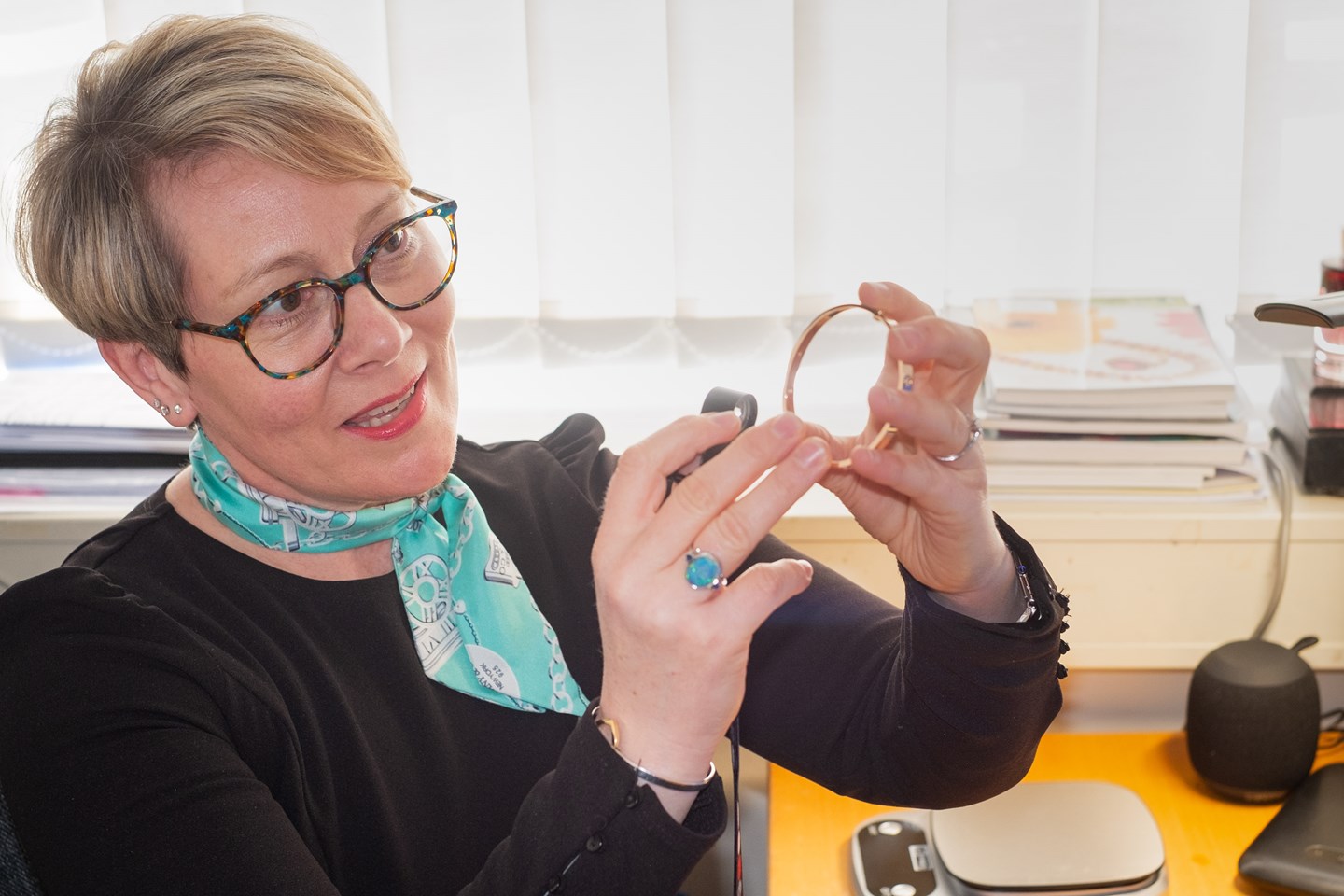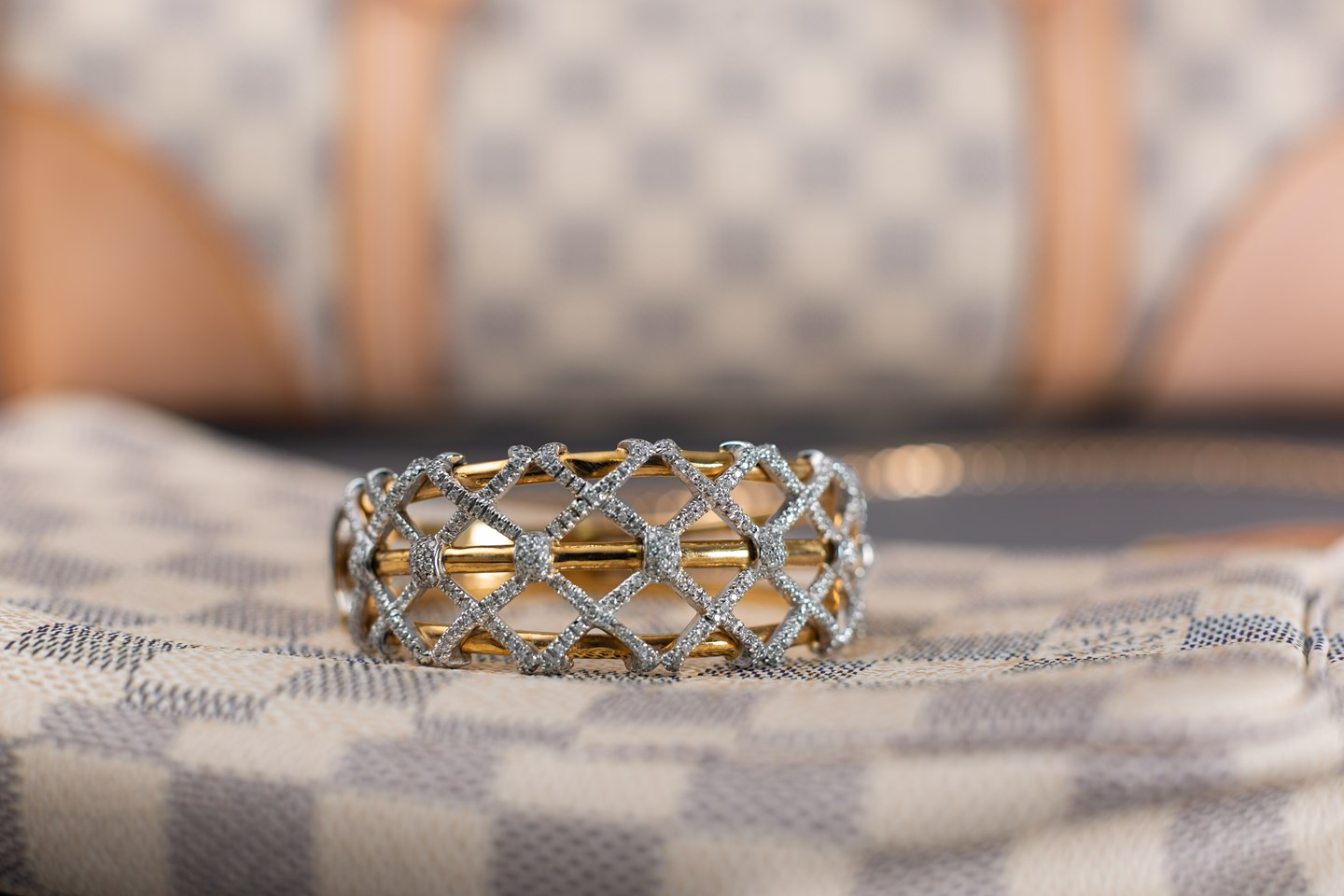The Arts and Crafts movement was at its zenith from around 1880 until the start of the First World War, but its influence not only in furniture design but elsewhere continued well into the first half of the 20th Century.
The movement was of course led by William Morris and the writer John Ruskin and resulted from a backlash to the industrial manufacture and commercialisation of the early Victorian era. It was based on traditional craftsmanship using simple forms, but often incorporating medieval and folk designs.
Previous items of furniture sold were by the celebrated cabinet maker Peter Waals (1870 – 1937)
Born in Holland he was introduced to Ernest Gimson in 1901. Walls became foreman/chief cabinet maker at Gimsons workshop in the Cotswolds. After Gimson’s death, he continued the business in the village of Chalford.







